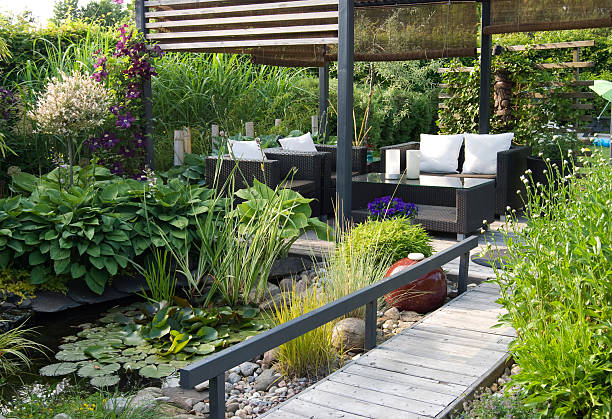The pothos plant, also known as Devil’s Ivy, is one of the most beloved houseplants in the world — and for good reason. With its heart-shaped leaves, cascading vines, and forgiving nature, pothos is ideal for both beginners and experienced plant owners. Native to the Solomon Islands, this tropical species thrives indoors with minimal effort and adds lush greenery to any room.
Why Choose a Pothos Plant?
- Beginner-Friendly: Tolerates neglect, inconsistent watering, and low light.
- Air Purifying: Removes indoor air pollutants like formaldehyde, xylene, and benzene.
- Fast-Growing: Vines grow quickly, ideal for shelves, hanging baskets, and wall décor.
- Versatile: Grows in soil or water and adapts to various environments.
- Decorative Appeal: Available in striking variegated colors that enhance interior aesthetics.
Popular Pothos Varieties
- Golden Pothos: Classic green leaves with golden-yellow variegation.
- Marble Queen: White and green marbled leaves; slightly slower growing.
- Neon Pothos: Bright, chartreuse-colored foliage; perfect for modern interiors.
- Jade Pothos: Solid green leaves; very resilient and shade-tolerant.
- Cebu Blue Pothos: Silvery-blue narrow leaves; a more exotic option.
Light Requirements for Pothos plant
Pothos adapts well to a range of lighting conditions:
- Best in bright, indirect light.
- Tolerates low light, but variegation may fade.
- Avoid direct sunlight, which can scorch the leaves.
Watering Tips – Pothos
- Water when the top 1–2 inches of soil are dry.
- Water less frequently in winter.
- Drooping leaves? It usually means it’s time to water.
- Yellow leaves can signal overwatering — always check the soil first.
Ideal Soil Type – Pothos
- Use a well-draining potting mix.
- A mix for indoor tropical plants or a blend of potting soil, perlite, and peat moss works well.
- Make sure the pot has drainage holes to prevent root rot.
Temperature & Humidity Needs
- Thrives in typical room temperatures (65–85°F / 18–29°C).
- Prefers moderate to high humidity but can tolerate dry indoor air.
- Keep away from cold drafts or sudden temperature drops.
Fertilizing and Feeding Pothos plant
- Feed with a balanced liquid houseplant fertilizer once a month during spring and summer.
- No need to fertilize in winter when growth slows.
- Avoid over-fertilizing — it can cause salt buildup and leaf damage.
Common Issues and How to Fix Them
| Symptom | Cause | Solution |
|---|---|---|
| Yellow leaves | Overwatering | Let soil dry; check for drainage |
| Brown edges | Low humidity or underwatering | Mist the plant or increase watering frequency |
| Leggy growth | Insufficient light | Move to a brighter spot |
| Root rot | Poor drainage | Repot in fresh soil with drainage holes |
How to Propagate Pothos plant
Propagation is easy and fun:
- Stem Cuttings: Cut 4-6 inch segments with at least one node.
- Place in water or soil to root.
- In water, roots appear in 2–3 weeks. Transplant to soil once roots are 2+ inches long.
Indoor Design Ideas – Pothos
- Perfect for hanging planters or floating shelves.
- Use to trail down bookshelves or wrap around indoor trellises.
- Ideal for bathrooms and offices due to its humidity tolerance and low light adaptability.
- Combine with macrame hangers for a boho look or with ceramic planters for a minimalist vibe.
Toxicity Warning
Pothos is toxic to pets and humans if ingested. Keep out of reach of children and animals.
Conclusion
The pothos plant is a must-have for any indoor gardener. With its effortless care routine, beautiful trailing vines, and ability to thrive in almost any environment, it’s no surprise that this plant is a staple in homes and offices worldwide. Whether you’re decorating a small apartment or greening up your workspace, pothos brings life and beauty to every corner.

